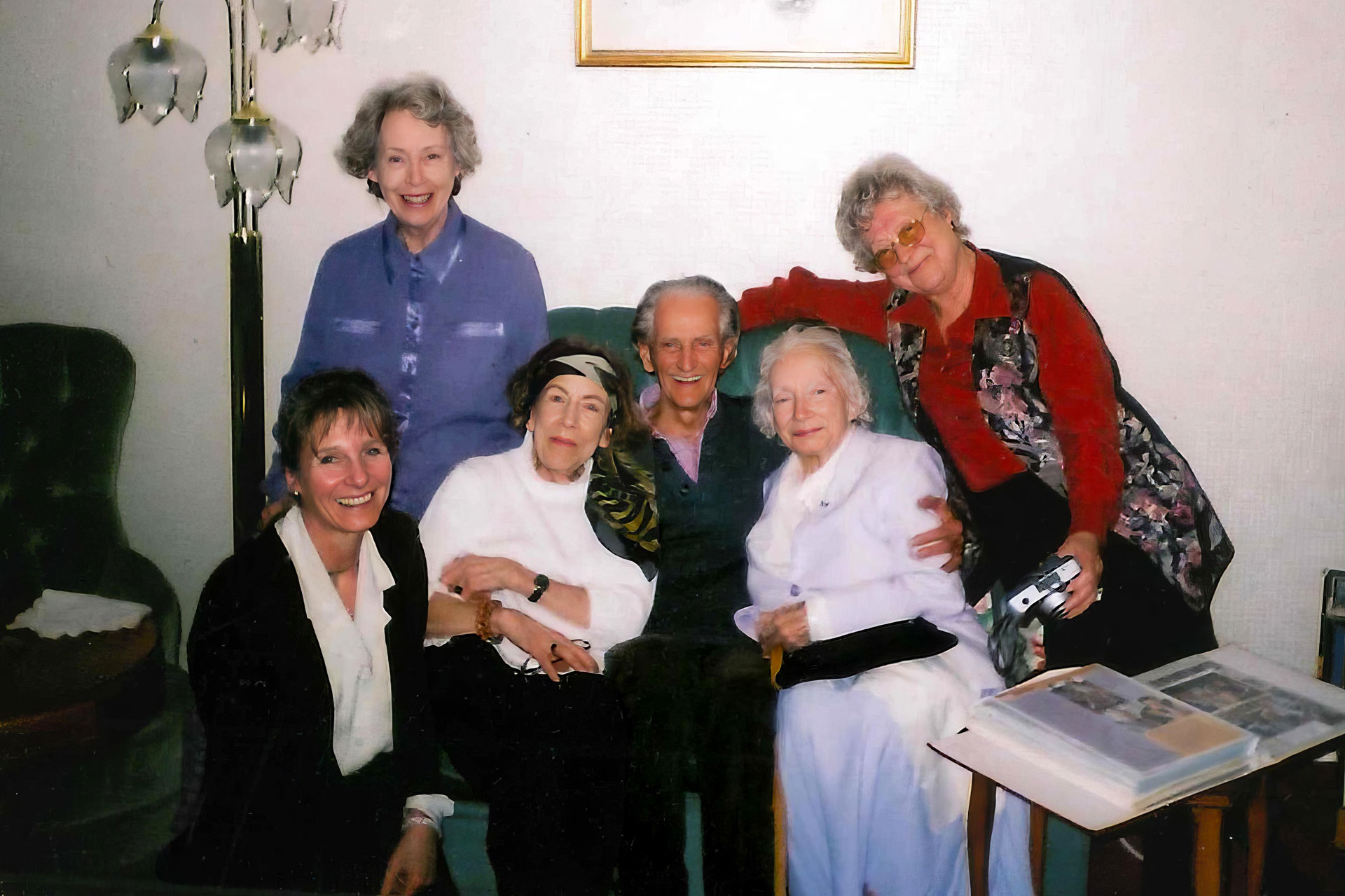people » Mona Inglesby
Mona Inglesby (1918-2006). British ballerina, choreographer, founder and director of International Ballet
Mona Inglesby was born in London in 1918. She studied under a range of teachers and methods, and her first stage appearance was at La Scala, Milan, in 1933. Afterwards, she danced with Marie Rambert’s Ballet Club, and with Ballet Rambert she appeared in a gamut of leading roles and worked with Antony Tudor, Frederick Ashton, Andrée Howard and Ninette de Valois. In 1939 she joined Victor Dandré’s Russian Ballet at Covent Garden and would have stayed longer with them but for the outbreak of World War Two.
After a year spent in Civil Defence, in 1941 Inglesby decided to create a ballet company of her own. She borrowed £5,000 from her father and started off with a small orchestra and 21 dancers. The company’s first performance was at the Alhambra Theatre, Glasgow, on 19 May, 1941. Acclaimed dancer and teacher Stanislas Idzikowski was ballet master, and the principals were Inglesby, Nina Tarakanova and Harold Turner. Inglesby’s company had broad ambitions, commissioning new narrative ballets, with sets and costumes respectively by Rex Whistler, Doris Zinkeisen and William Chappell, and productions of the classics staged by Nicholas Sergeyev. In 1950, Inglesby invited Léonide Massine to revive his Gaîté Parisienne for the company. She also established a school, the International School of Ballet.
The first ballet Inglesby choreographed, Endymion, was for the Ballet de la Jeunesse Anglaise in 1939. She was an ambitious and inventive choreographer, but a wartime public was more interested in forgetting their troubles for an hour or two rather than be challenged by anything too difficult or modern. She and her company toured Britain and Europe extensively. They were the company to launch the Royal Festival Hall in 1952 and had a huge following in a range of London theatres, as well as abroad.
Inglesby’s achievement with International Ballet was extraordinary. When the company closed, it employed 80 dancers, a full orchestra and an enviable repertoire, but International Ballet was refused an Arts Council grant, forcing it to disband in 1953. Inglesby retired, never to pursue another balletic venture. Former dancers from International Ballet continued to meet, formally and informally, every year for the next half century, and they eventually succeeded in having a plaque put up in the Royal Festival Hall as a tribute to International Ballet and a testament to their years with it.

